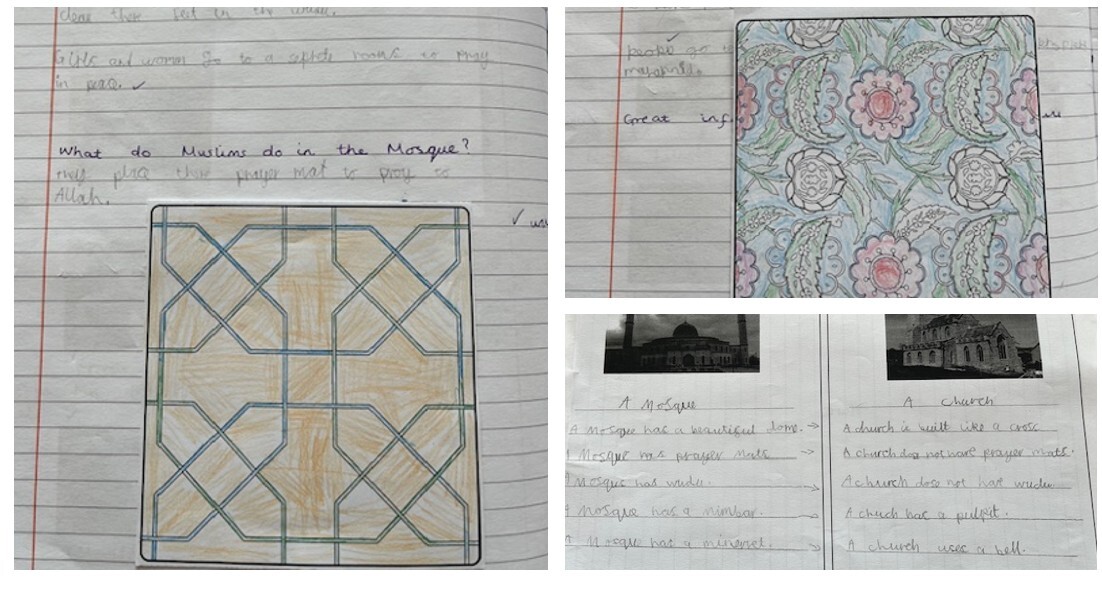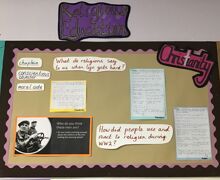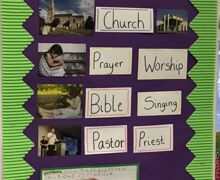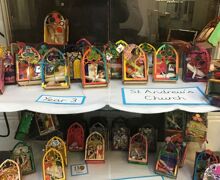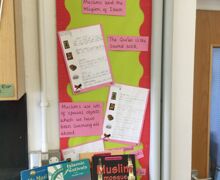Religious Education
At White Cliffs Primary and Nursery School all year groups follow the Kent Agreed Syllabus for Religious Education.
Our school is committed to providing a well-rounded education that embraces diversity and fosters a holistic approach to learning. As an integral component of our curriculum, we offer comprehensive religious education that seeks to cultivate understanding, respect, and tolerance among our children.
Rooted in the principles of various faiths, this programme encourages thoughtful reflection, ethical reasoning, and the development of strong moral character. Through engaging lessons and open dialogue, we aim to empower our children with the knowledge and values that will guide them in navigating the complexities of our global society.
Our commitment to religious education reflects our dedication to nurturing responsible and compassionate individuals who contribute positively to the world around them. Visits to places of worship are actively encouraged including local churches and Canterbury Cathedral.

White Cliffs at Christmas
Year 6 have been exploring what truly matters during the festive season. Children reflected on their own values and then considered how people from different religions, cultures, and backgrounds may hold a wide variety of beliefs about what is most important at this time of year. Through discussion and thoughtful listening, they discovered that while traditions may differ, themes such as kindness, community, generosity, and hope are shared across many faiths and families. This learning helped us appreciate the rich diversity within our school and wider world, and encouraged us to think more deeply about the meaning of Christmas for everyone. As you can see in the work below, the children ranked the things that are most important to them in a diamond nine and had some excellent discussions on this topic!
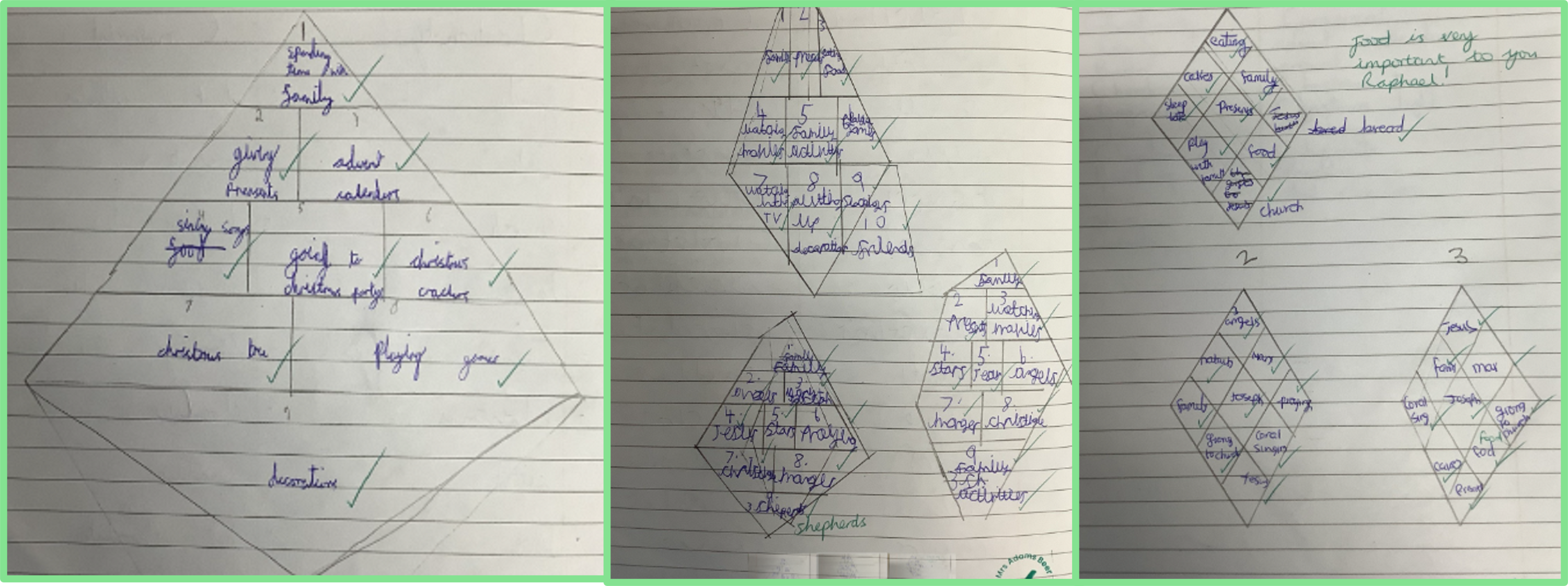

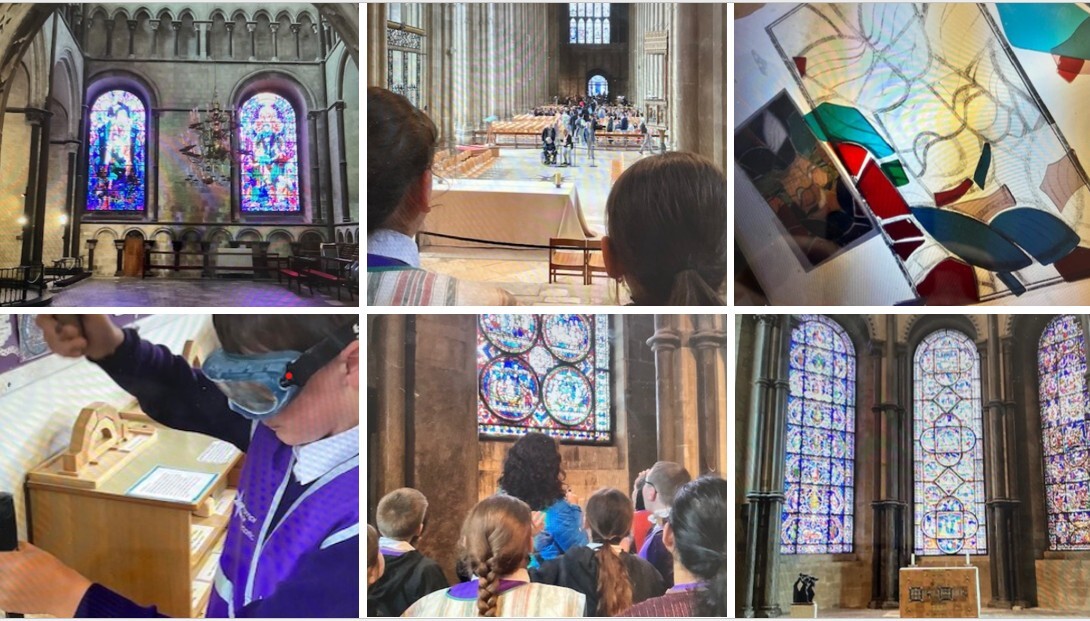
Year 5 enjoyed a fantastic trip to Canterbury Cathedral as part of their RE and history work. The visit brought to life their work on Thomas Becket and gave them a powerful insight into the importance of Christian places of worship.
As they explored the stunning cathedral, pupils walked the same paths where pilgrims once journeyed in the Middle Ages. Standing near the site of Becket’s martyrdom, the children reflected on the dramatic events of 1170 and discussed why Thomas Becket became such a significant figure in English history and for the Christian faith.
In RE, the classes had been exploring the features of Christian worship, so the visit provided a chance to see stained glass windows, the altar, chapels, and other parts of the cathedral up close.

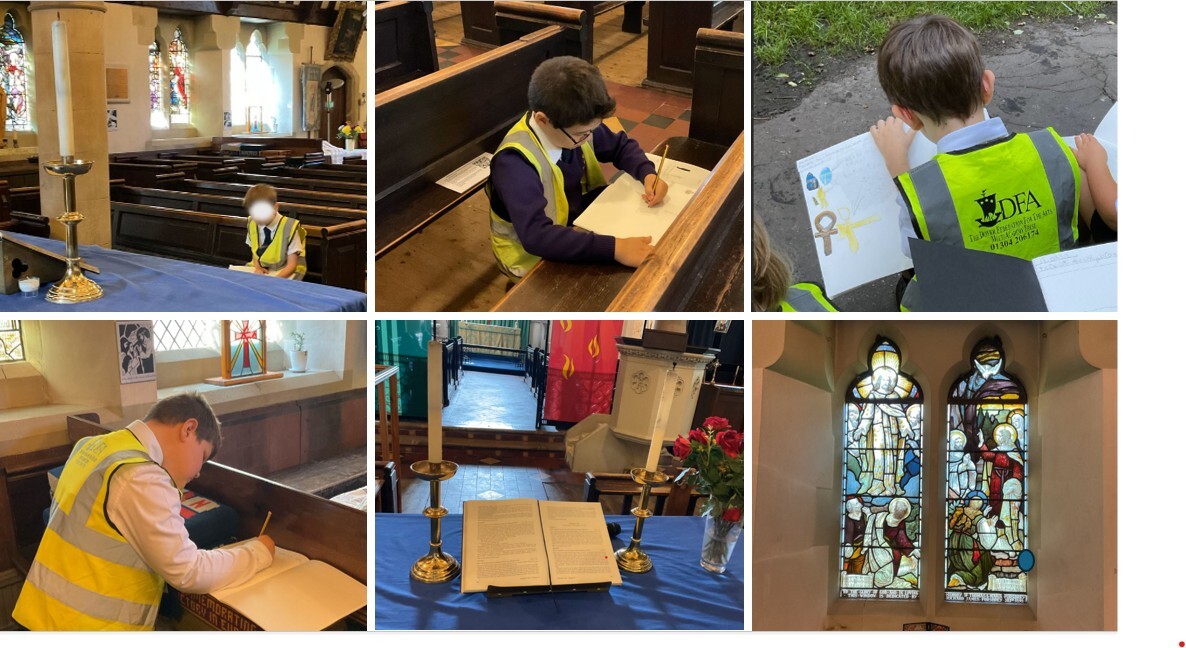
As part of their ongoing RE learning, our children recently had the opportunity to visit local churches to deepen their understanding of Christian worship and church life. This hands-on experience truly brought their classroom learning to life.
During the visits, the children were able to explore the inside of the churches and handle a range of religious objects they had previously only seen in pictures—such as the chalice, font, and vestments. Being able to see and touch these items helped the children to appreciate their significance and the role they play in Christian worship.
The visits also sparked thoughtful discussions about the importance of churches in local communities, not just as places of worship but as spaces of reflection, celebration, and support.
Year 2 continued this work and have been busy in RE learning all about special places—starting with Christian churches and then comparing them to Mosques. The children explored how both are important places of worship, while also spotting key differences in design, use, and traditions.
They were especially interested in learning about Muslim celebrations, focusing on Ramadan and Eid. Through stories, videos, and class discussions, they discovered how Muslims fast, pray, and celebrate with their families and communities.
